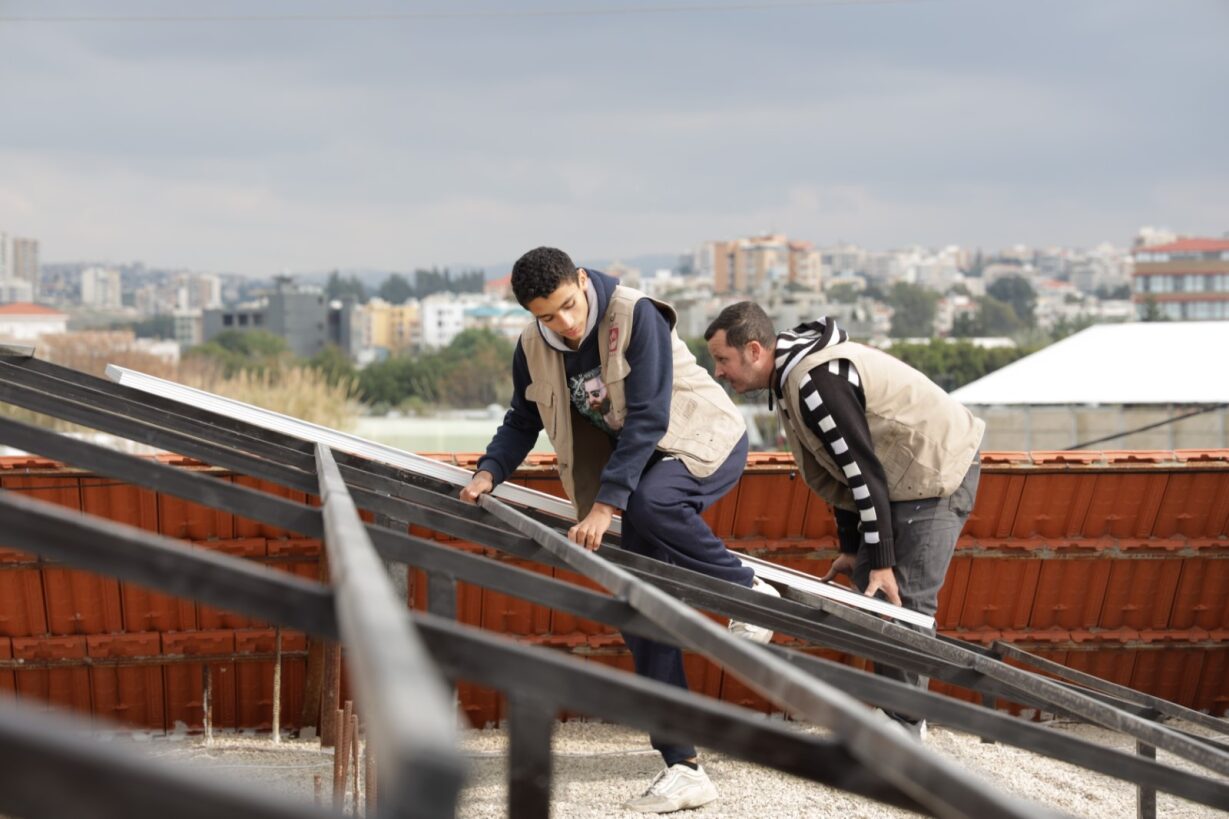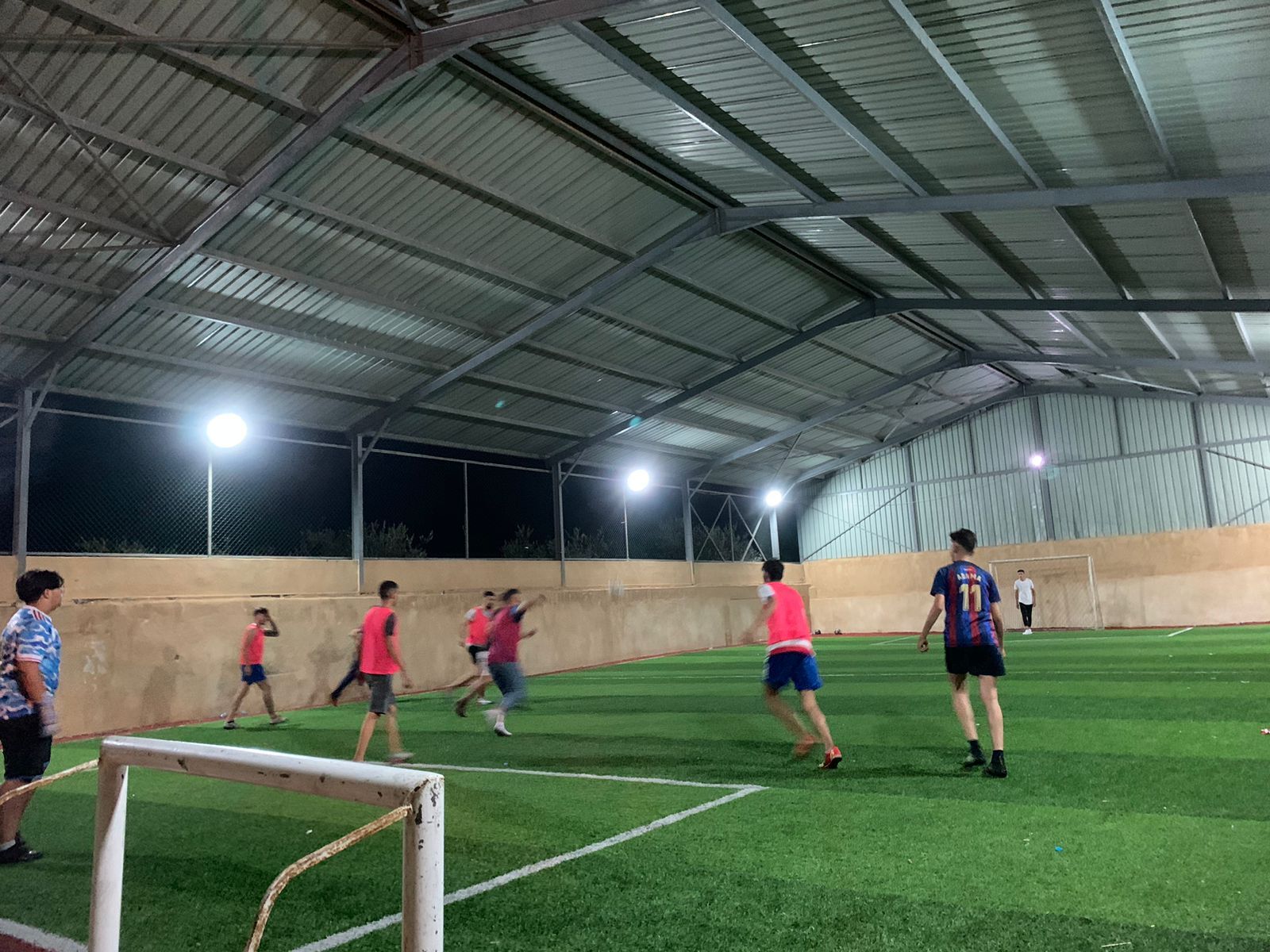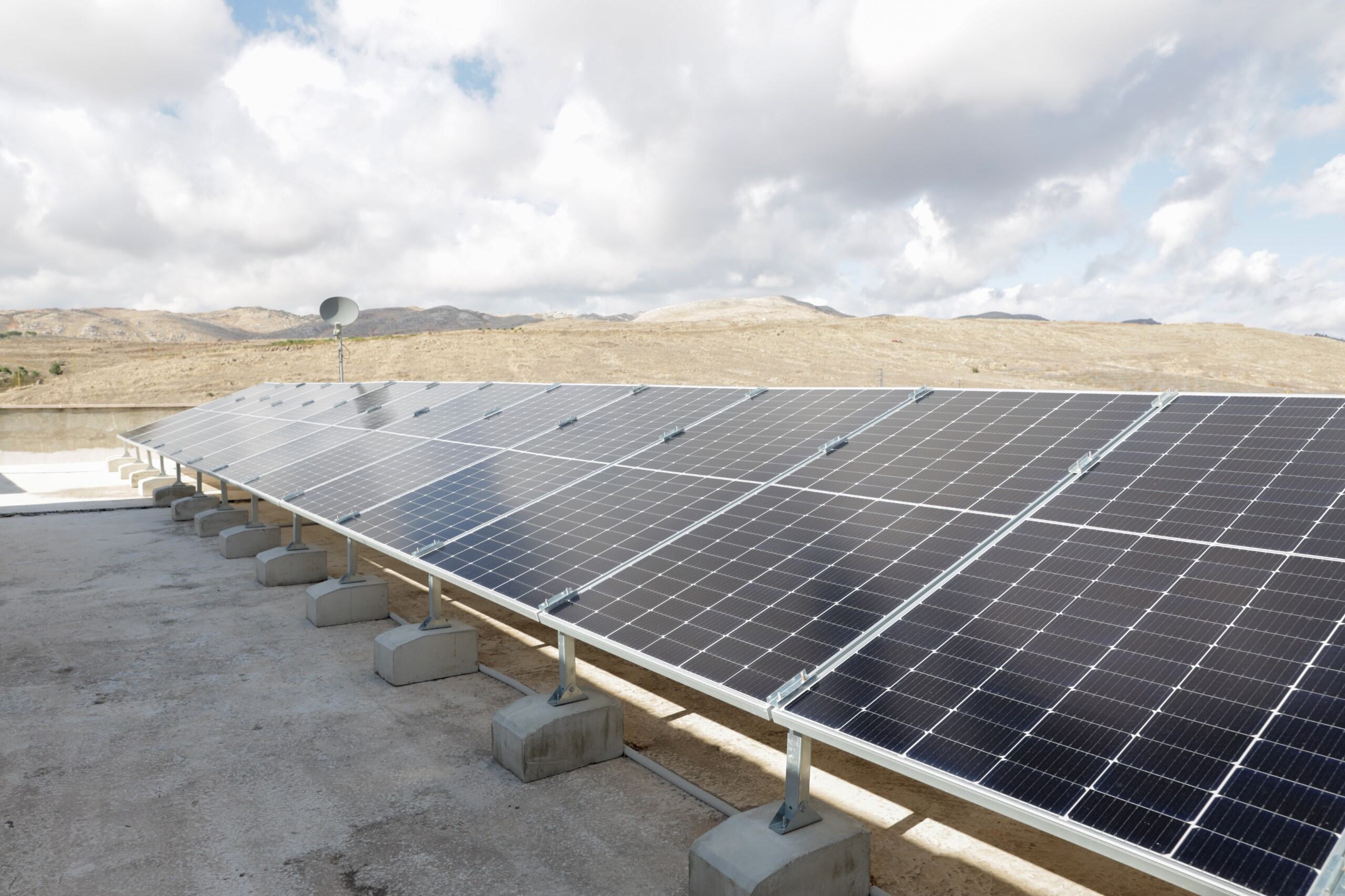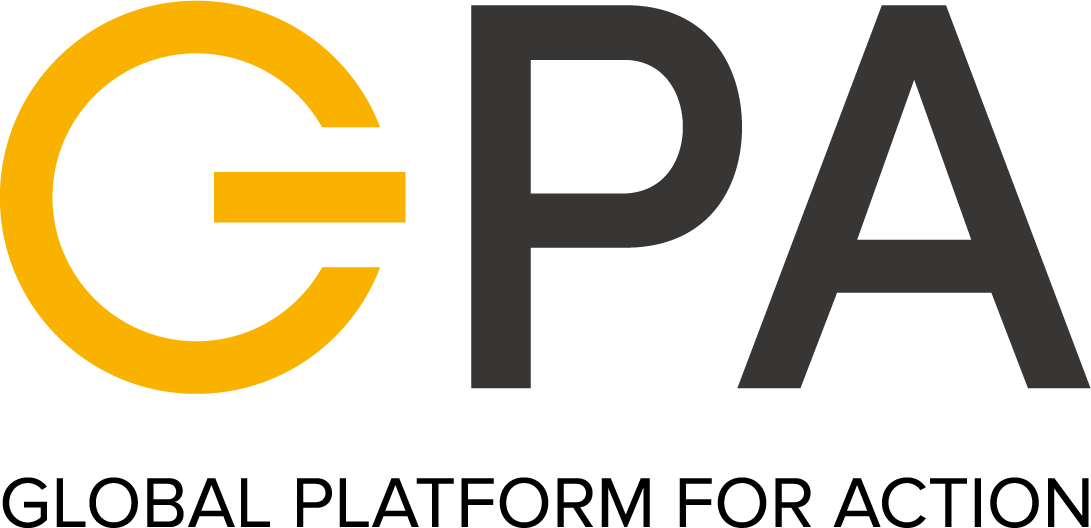In this section
In this sectionLebanon is facing profound and multifaceted crises. The economic crisis that struck in 2019 was the result of long-standing issues and led to the Lebanese Pound losing 98% of its value, with devastating consequences. This economic upheaval posed challenges to the Electricité du Liban (EDL), Lebanon’s government-owned electricity company. Financial struggles hindered EDL’s ability to invest in much-needed infrastructure upgrades whilst technical inefficiencies have persisted, affecting the reliability of the power supply. Issues related to fuel supply created additional challenges, making it increasingly difficult for EDL to meet the growing energy demands of the nation, to the point that it was able to provide only two hours of electricity per day.
Energy and displacement in Zahlé
Within the Beqaa Valley, a region in eastern Lebanon that accommodates the highest numbers of displaced people, lies the city of Zahlé. For its residents to access reliable and affordable energy requires resilience and innovation. As an associate researcher, I delved into the energy patterns of Zahlé, uncovering a tapestry of solutions that households, businesses, and social institutions employ to light up their world.
At the heart of Zahlé's energy narrative is Electricité de Zahlé (EDZ), a private company that provides a 24/7 electricity supply to residents of the city and surrounding areas which are the only places in Lebanon which currently enjoy uninterrupted electricity access. EDZ provides power through a network of diesel generators and offers a semblance of stability in an otherwise fluctuating energy landscape throughout the country. Yet, this reliance is not without its challenges.
Up until last year, Zahlé residents often used diesel generators as a necessary backup during periods when the EDZ grid did not supply power, providing only 15 hours of electricity per day. This common practice across Lebanon is effective but brings its own sets of challenges. These include maintenance, air and noise pollution, high operational costs, and safety concerns (particularly with outdated wiring and backup systems, adding another layer of complexity).
One of the most pressing concerns is the cost of electricity. Residents often grapple with high electricity bills, prompting a cautious approach to energy consumption. The financial burden weighs heavily, influencing decisions and lifestyles. For example, some people adjust their work schedules to match the available power supply, limit their daily usage, and switch to more energy-saving methods such as using fewer electronic appliances to reduce the bill at the end of the month.

Installing solar panels in Tyre, Lebanon © Anera
Scaling up solar solutions
In response to these challenges there is a wave of change. Individuals and businesses are increasingly turning to solar energy, not just as a backup but as a primary electricity source. This shift is more than a cost-saving measure, it is a step toward sustainable living. Utilising the rich power of the sun not only mitigates the impact of unreliable electricity supply but also contributes to a greener environment, reducing the carbon footprint and fostering a more sustainable future for Zahlé and its inhabitants.
The shift to solar power, while a beacon of progress, is not without its hurdles. Renters, in particular, express concerns about the feasibility of investing in solar systems due to the transient nature of their living situations, fearing the loss of their investment if they move. Additionally, the hazards associated with storing batteries poses another challenge, raising concerns about safety and proper disposal. The apprehension of potential damage, such as bullets damaging solar panels, adds a layer of security concerns for those considering solar installations. Further complicating matters, the limited availability of roof space in densely populated areas poses a practical challenge, making it difficult to accommodate solar panels for all the residents in multifamily buildings, hindering the widespread adoption of solar energy solutions.
Residents who are considering installing an inverter that feeds back to the EDZ grid face their own constraints. Agreements to feed power back into the grid have only recently been approved and their implementation remains uncertain. The local transformers can handle no more than ten houses per neighbourhood, reflecting a tightrope walk between the demand for renewable energy and the capability of the infrastructure.

Solar power provides lighting in a community centre in Bani Hayyan, Lebanon © Near East Foundation
A brighter future
The city's residents navigate the difficulties of meeting their energy needs with a mix of traditional and renewable sources. Although the EDZ grid, powered by diesel generators, symbolises stability, the grid sometimes faces its challenges and is impacted by the regular increase in diesel prices which lead to higher bills for the users. Like many places in Lebanon, the response of Zahlé’s residents includes a shift to solar energy, showcasing a community's commitment to both economic prudence and environmental sustainability. Despite the challenges, Zahlé's residents navigate the balance between energy demand and infrastructure capability through innovative solutions, embodying a resilient pursuit of a brighter, more sustainable future.

Solar panels in Bekaa, Lebanon © Anera
The article is written by Nourhan Alemam, Research Associate at UNITAR/GPA.
Last updated: 22/08/2024
